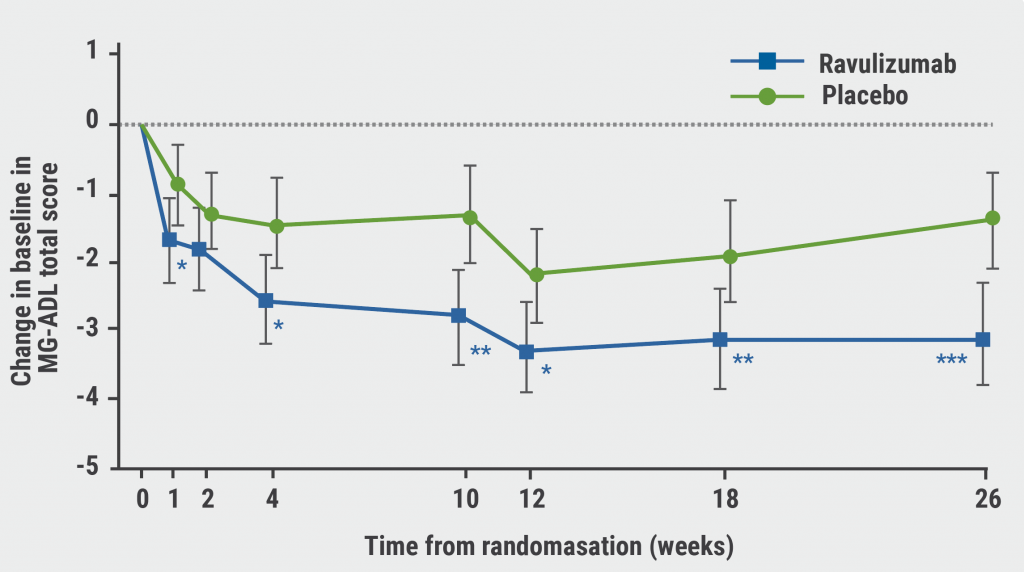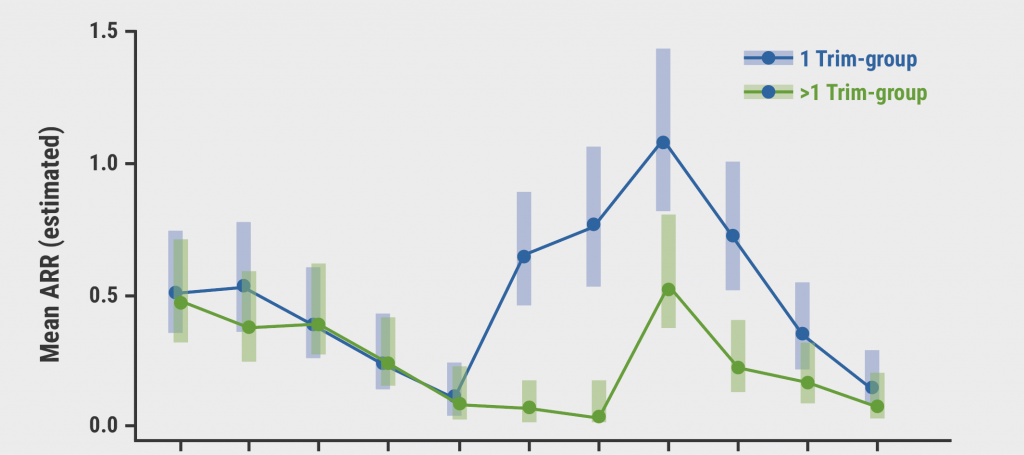"We provide quantitative evidence for the preferential activation of frontal emotion networks related to structural boundaries within Mozart's K448," Dr. Robert Quon of Dartmouth College in Hanover, New Hampshire told Reuters Health by email. "This supports the theory that Mozart's K448 may be evoking emotional circuits by setting up internal musical expectations, then violating those expectations, eliciting a positive emotional response."
"Our group approached this (study) with healthy skepticism," he said. "To our surprise, Mozart's K448 was the only piece that showed a significant 66.5% average global reduction in interictal events among all musical stimuli included in our study."
As reported in Scientific Reports, Dr. Quon and colleagues recruited 16 individuals undergoing monitoring for refractory epilepsy to determine if the duration of exposure was an important factor for eliciting the "Mozart K448 effect."
Participants listened to a series of 15-second or 90-second music clips, including K448. Those in the 15-second group had a mean age of 44; half were men; and they had an average normalized baseline intracranial interictal epileptiform discharge (IED) rate of 1.23. This group had a mean of 32.5 electrodes implanted in the left hemisphere and 35.86 in the right hemisphere.
Participants in the 90-second group had a mean age of 35 and 75% were men, with an average normalized baseline IED rate of 1.43. This group had a mean of 38 electrodes implanted in the left hemisphere and 33.38 electrodes in the right hemisphere.
Both groups performed 1.81 25-min sessions on average.
All experiment sessions were performed at least four hours after the most recent seizure and at least 24 hours post-implantation.
The team found reduced IEDs during the original version of K448 after at least 30 seconds of exposure, but not during exposure to a modified version. Nonsignificant IED rate reductions were seen in all brain regions, except for the bilateral frontal cortices, where they observed increased frontal theta power during transitions from prolonged musical segments.
Further, nonsignificant IED alterations were seen with all other music exposures.
Dr. Quon said, "There might be 'something special' about Mozart's K448 for epilepsy. However, more research is required to fully understand how musical stimulation may exert therapeutic effects on the brain. Future work should focus on first understanding which components of Mozart's K448 are essential for evoking a therapeutic response. Then, we can begin to assess patient-specific factors to identify populations that may benefit from this adjunctive music intervention."
"Our ultimate dream is to define an 'anti-epileptic' music genre, using music to improve the lives of those with epilepsy," he concluded.
Dr. Anto Bagić, Director of the University of Pittsburgh Comprehensive Epilepsy Center and of the UPMC Epilepsy Monitoring Unit and the UPMC MEG Epilepsy Program, commented on the study in an email to Reuters Health, "This is certainly intriguing research that hopefully will continue."
That said, he noted that participants were "a small and heterogenous epilepsy cohort," and that a post-seizure interval of at least four hours after the most recent seizure could affect different patients very differently; depending on their baseline cognitive state during testing, the number, type and levels of anti-seizure medications they're taking, and other factors.
"It would be interesting to know how soon after stimulation a spiking rate reverted to baseline; how soon after a stimulation seizures occurred; and whether there was a significant difference between those with a noticeable but nonsignificant decrease in spiking rate and those with a significant decrease," he said.
"As much as we now understand more potential cognitive consequences of the IEDs, in clinical practice, we generally don't aspire to eliminate IEDs from patients' EEGs, but to control their seizures, and there is no a strict linear relationship between the two in daily practice," he added. "Thus, as much as it is beneficial to reduce an IED burden - particularly with something as accessible and benign such as music, the ultimate measure of success would be an effect on a seizure control."
SOURCE: https://go.nature.com/3AIfizO Scientific Reports, online September 16, 2021.
By Marilynn Larkin
Posted on
Previous Article
« Robust support for COVID-19 vaccination in cancer patients Next Article
Gender disparity in diagnosis of papillary thyroid cancer »
« Robust support for COVID-19 vaccination in cancer patients Next Article
Gender disparity in diagnosis of papillary thyroid cancer »
Related Articles

October 16, 2020
Telemedicine could help rural patients with dementia

December 20, 2022
MS activity and pregnancy outcomes after long-term use of natalizumab
© 2024 Medicom Medical Publishers. All rights reserved. Terms and Conditions | Privacy Policy
HEAD OFFICE
Laarderhoogtweg 25
1101 EB Amsterdam
The Netherlands
T: +31 85 4012 560
E: publishers@medicom-publishers.com

